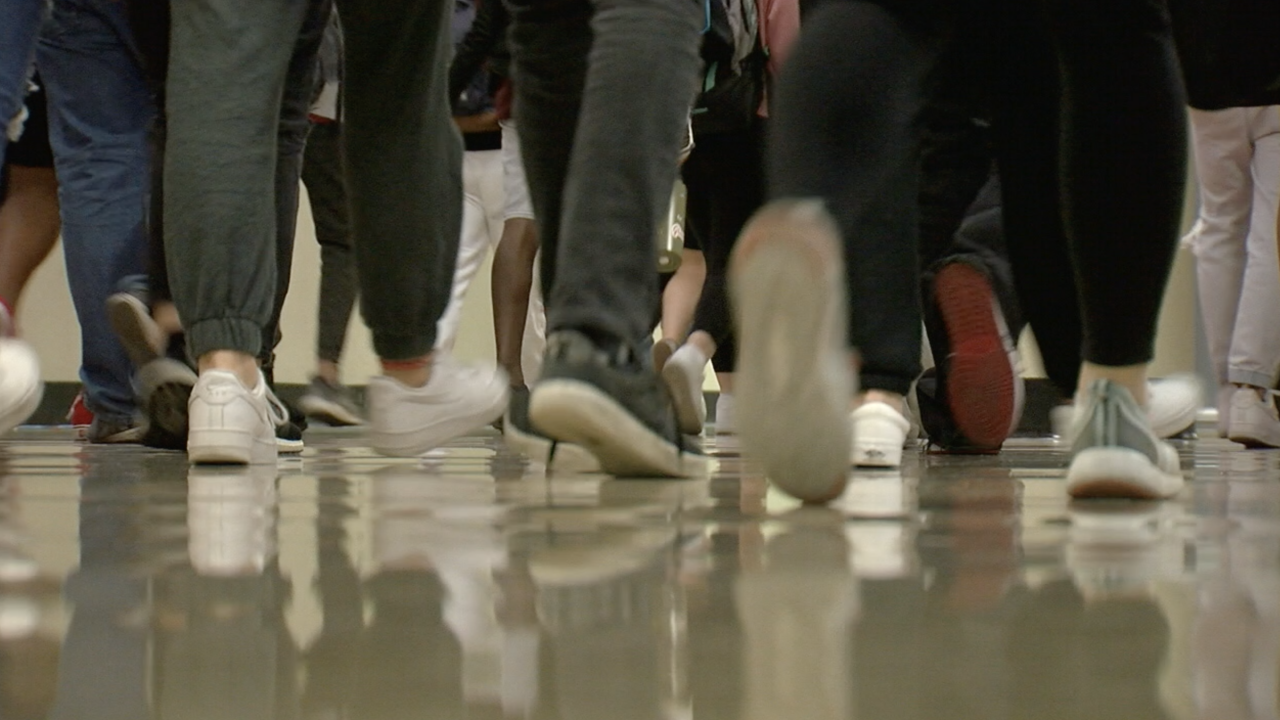CINCINNATI — More than one in four Ohio students were chronically absent last school year, meaning they missed at least 10% of school time. The data is according to the latest numbers released as part of the Ohio School Report Card.
The state’s chronic absenteeism rate was 26.8%, which marked an improvement from 30.2% the year before. The number is still higher than it was before the COVID-19 pandemic.
“Before the pandemic, we were around 16 or 17%,” said Dr. Chris Woolard, interim superintendent of public instruction with the Ohio Department of Education. “When you dig down a little bit, it's our most vulnerable students that are most likely to be chronically absent.”
Woolard said chronic absences can impact a student's progress, including in areas like reading proficiency.
“Sometimes when you think of chronic absence, you think of students who are missing big chunks of time,” he said. “But you can also be chronically absent by missing days here or there.”
Woolard said there are various reasons for chronic absenteeism, even within a single community. These can be related to health, family or transportation issues, among others.
Middletown City Schools Superintendent Deborah Houser said major societal events, like COVID-19, can have a big impact on chronic absenteeism.
“It seems like when society is experiencing some type of societal ills, you will see that play out,” she said.
Across the district, 44.9% of Middletown students were chronically absent last school year.
Several other districts had a similar rate. For example, 46% of students were chronically absent across Cincinnati Public Schools. The number was 57.5% for Lockland Local Schools. In Mason, it was 29.7%.
“Some of our families are in they're in survival mode,” Houser said.
Houser said Middletown has a team working to address chronic absenteeism in every school building. On top of that, she said the district has three staff members dedicated entirely to the issue.
“What we're finding is if the team addresses the family needs early, in K-5, you see that chronic absenteeism start to fall off,” she said.
Some local school districts beat the state’s chronic absenteeism rate. At Lakota Local Schools, 16% of students were chronically absent last year. Forest Hills Local Schools had a rate of 12.6%. Williamsburg Local Schools had a rate of 20.7%.
“We provide a lot of interventions,” said Matt Earley, superintendent of Williamsburg Local Schools. “They hear from their teachers. They hear from peers. They hear from the administration.”
Earley said it has an impact on the school community when students are chronically absent.
“We have very prescribed curriculum measures, instructional measures and different assessment intervals that need to be met,” he said. “When students aren't here, that impacts not only themselves, but then also the other students in that class.”
Woolard said there’s not a one-size-fits-all approach to solving the problem, since the causes can be varied.
The department has joined a partnership with the Cleveland Browns Foundation, Columbus Crew Foundation and Proving Ground at Harvard University to release attendance-awareness campaigns.
“What we are we're encouraging districts to do is to dig into their own data, try to get at some of the root causes,” Woolard said.
The department also recently launched a statewide task force to come up with solutions. The group’s recommendations are expected to be released later this month.
You can search for your district's report card here.





